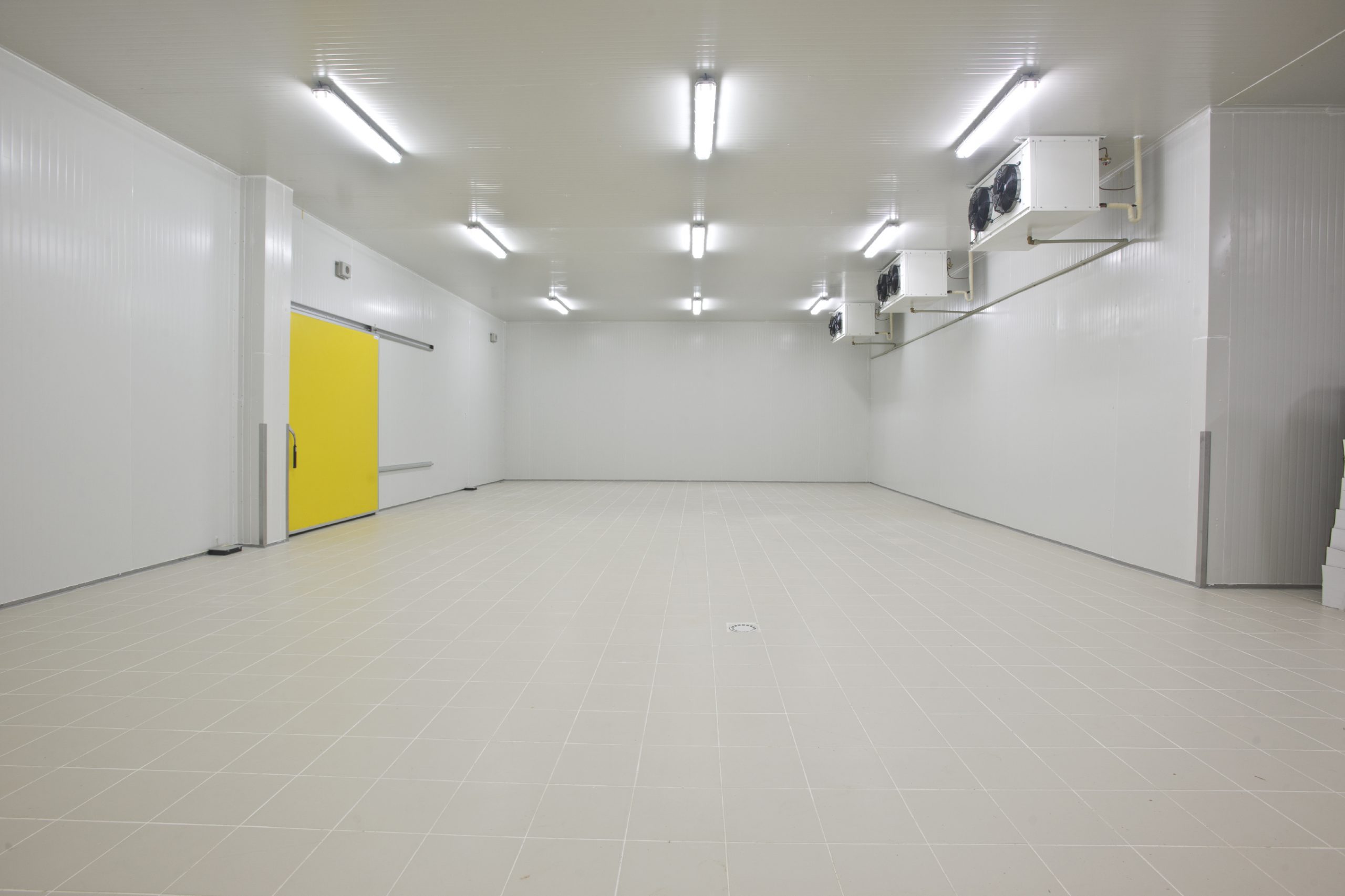
Cold Room Insulation: The Complete Guide
Cold Room Insulation: The Complete Guide with everything you need to know about cold room insulation
In this complete guide, we’ll cover everything you need to know about cold room insulation – from the different types of insulation to the proper installation techniques. We’ll also explain how to get the most out of your cold room insulation and how to maintain it for long-term performance. By the end of this guide, you’ll have all the knowledge you need to make sure your cold room is insulated for maximum efficiency and safety.
What is Cold Room Insulation?
Cold room insulation is an essential component of keeping a space at a controlled temperature, most commonly a cold temperature. Cold rooms, such as walk-in freezers, benefit from insulating the walls, ceilings and floors.
Cold room insulation panels are designed to provide both thermal insulation and air tightness to prevent warm air from entering the space and to maintain the desired temperature. They are usually made of rigid polyurethane or polystyrene foam and have a smooth, white, waterproof coating on the outside to protect against water, dirt, and other environmental factors.
Types of Insulation
When it comes to keeping a cold room insulated, there are a variety of insulation materials that can be used. Depending on the size and design of the cold room, each material will have its own unique advantages and disadvantages. The most commonly used materials are rigid foam boards, mineral wool insulation, spray foam insulation, and cold room panels. Each material has its own set of benefits and drawbacks, so it is important to research and understand the differences before making a decision.
Rigid Foam Boards: These boards are made of polystyrene, extruded polystyrene, or polyisocyanurate foam. They are lightweight and easy to install. They also provide excellent thermal insulation and can be installed around the frame or between the joists of the walls.
Mineral Wool Insulation: This type of insulation is made of natural stone wool fibers. It provides excellent thermal resistance and acoustic performance. It is also fire-resistant and has low air leakage rates.
Spray Foam Insulation: This type of insulation is applied with a spray nozzle and expands to fill in small gaps and crevices. It is a great choice for insulating walls and ceilings as it has high R-values and creates a tight seal.
Cold Room Panels: Cold room panels are specially designed insulation materials that are specifically made to provide thermal insulation for cold rooms. They come in a variety of materials such as plastic or polyurethane foam and can be easily installed in any space. They are also lightweight, fire-resistant, and provide excellent thermal insulation.
R-Value: measuring insulation effectiveness
R-Value is a measure of the insulation’s effectiveness and is expressed as the resistance to heat flow. The higher the R-value, the better the insulation.
When it comes to cold room insulation, the higher the R-Value, the better it is at keeping temperatures stable. Cold room panels are typically rated with an R-value of between 1.5 and 6.5, depending on the type of insulation material used.
Generally, rigid foam insulation is the best option for cold rooms since it has the highest R-value and provides the best insulation. It is important to note that R-value increases as the thickness of insulation increases, so if you’re looking for optimal insulation for your cold room, opt for a thicker insulation board with a higher R-value.
Benefits
Cold room insulation provides a number of benefits that make it an attractive option for many businesses and households. Not only does cold room insulation help keep temperatures lower inside the cold room, but it also helps to conserve energy and reduce its costs.
Additionally, cold room insulation can provide acoustic insulation, preventing noise from entering or exiting the room. Cold room panels can also add structural stability to the room, as well as helping to maintain the desired temperature.
With cold room insulation, businesses and households can rest assured knowing their environment will be kept safe and comfortable throughout the year.
Maintenance
When it comes to maintaining your cold room insulation, it is important to regularly inspect your cold room panels for any signs of wear or damage. If you find any cracks or signs of deterioration, you should replace the damaged panels immediately. Also, check all seals and door gaskets to ensure they are functioning properly.
Make sure that the temperature and humidity levels in your cold room are being monitored and adjusted as needed.
Finally, pay special attention to areas of potential air leakage, such as around pipes and ducts. By following these tips, you can help ensure your cold room insulation will remain in good condition and continue to provide optimal efficiency.


